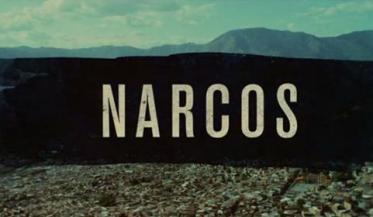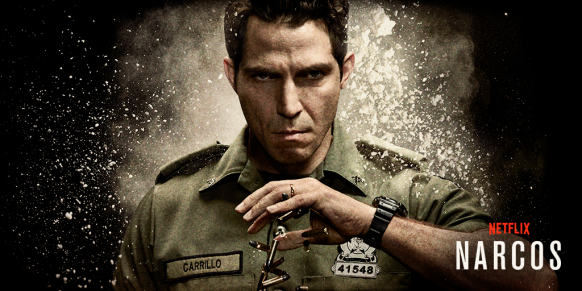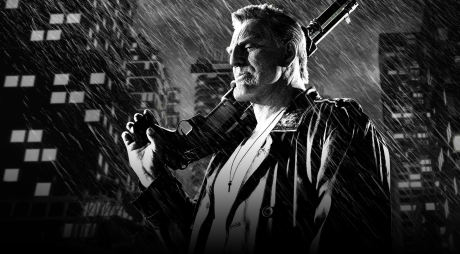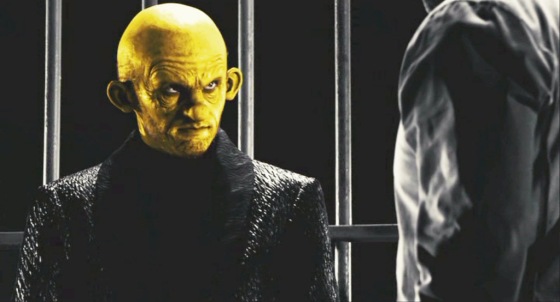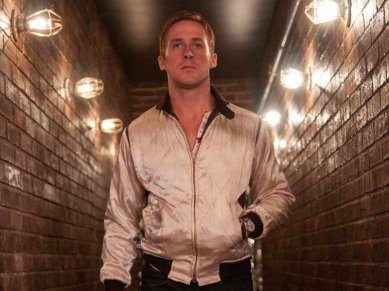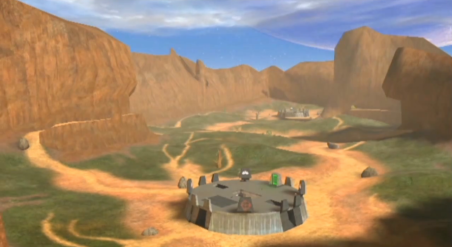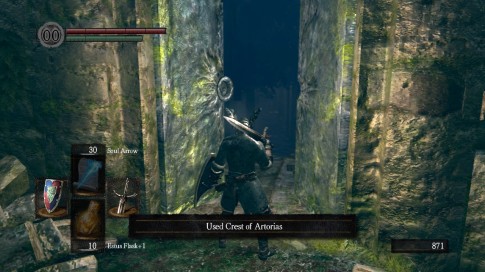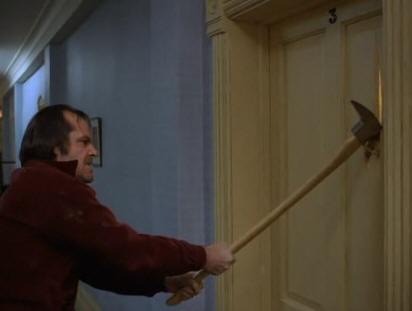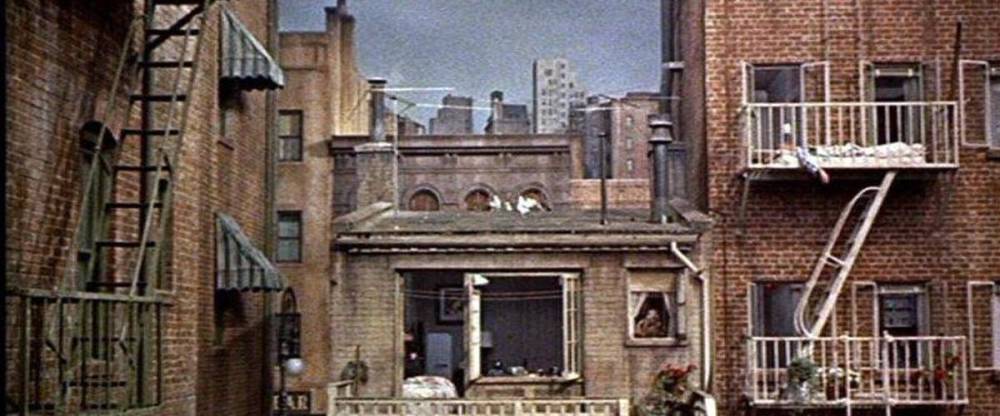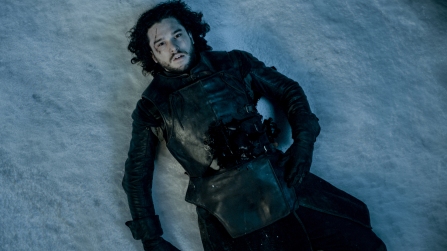How does a narrative displayed on a glass LCD screen cause a reaction in our body?
If you look at it our bodies are pretty amazing, we grow or shrink depending on how much nutrients we consume, heck our bodies even release a drug called DMT at the moment of our last breath which sends you into a trance that makes death seem so much softer as a last message saying ‘ everything is going to be alright’.
So if our bodies are so amazing how come we get goose bumps simply by watching television?
To go in depth, the spectator will usually maintain bodily reactions such as Goosebumps towards narratives most commonly of Horror and Adult pornography, in other words our bodies can easily reaction to the feeling of pleasure, disgust and fear.
The earliest example of the connection between skin and cinema would be the Lumiere Brother’s Arrival of the train at La Ciotat that caused a cinema full of spectators flea in out of fear and anxiety.
Both horror and pornography contain taboo content that is usually absent from our daily lives, the dismantling of the human body in horror usually leads to Goosebumps or a cringe reaction without the spectator’s control. Our bodies don’t always react to what is on the screen, sound also is just as important in producing a bodily emotion from film, the sound of bones breaking usually make by cutting watermelon or snapping celery is enough to produce a bodily reaction.
I guess in other words our bodies react to whatever emotion is presented to us on the screen and through sound. In a sad film the spectator tends to cry, while watching an adult film or scene the spectator tends to react physically and mentally, our bodies mirror the emotions produced from the screen.
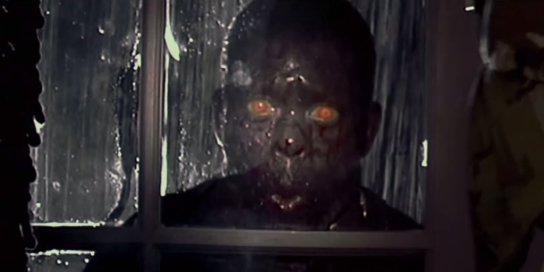
This blog post gave me a reason to watch a scene from a film that’s a favorite of mine, 28 days later (2003). During Jim’s rampage on a encampment of British solders located in a fortified mansion in which he lets loose a captive zombie which mauls every last solider is a perfect example of the connection between skin and cinema. The moment in which two zombies tear apart a solider on the kitchen table formed several goose bumps and straightened hair behind my neck, yet I noted the main reason why this was so effective was due to the sounds, which included the spine shivering screams of the solider and the zombies mauling him to pieces. The camera doesn’t show the solider getting eaten yet the face of Jim through the window watching and the face of the solider hiding in the cupboard praying for his life.
In conclusion if a film has the power to cause a bodily reaction I assume it means its effectively playing with our bodies emotions depending on he genre of the content.
